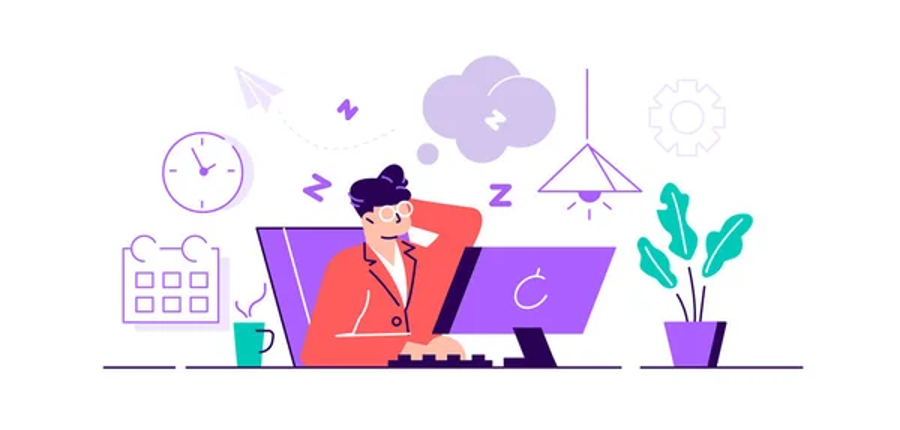[ad_1]
The Chief Technical Officer (CTO) is the executive responsible for the organization’s technological needs, as well as its research and development (R&D). Without a technical director at any enterprise, it will be difficult without such a specialist. Thanks to the technical director, a high-quality development path for the enterprise is laid, and effective work is also carried out to expand the scope of the organization’s activities.
Key Points
- A chief technology officer (CTO) is an executive responsible for managing an organization’s scientific research and development (R&D) and technology needs.
- At the start of 2021, the average CTO salary is $163,255.
- Depending on the company, a CTO may fulfill one of several roles, including strategic planner, customer liaison, and infrastructure oversight.
- Becoming a CTO often requires at least 15 years of IT experience, along with a graduate degree and certification in computer science and business administration.
- CTO as a service will help your company reach a high level.
Types of Technology Managers
While research and development have been a part of business for many years, the rise of information technology (IT) and computers has increased the importance of the chief technology officer. Companies focused on scientific and electronic products employ CTOs who are responsible for overseeing intellectual property and have industry experience.
But the CTO’s duties and role also depend on the company. There are generally four different types of CTOs, whose primary responsibilities may vary.
Infrastructure Supervisor
This CTO may oversee the company’s data, security, maintenance, and networks, as well as implement the company’s technology strategy (but not necessarily be a set-up). CTO capabilities also include managing the company’s technology roadmap.
Strategic Planner
This type of CTO can anticipate how technology will be used in the company while setting the technology strategy for the company. This CTO will also look into the company’s continued adoption of new technologies to ensure its success.
Communication With Consumers
In this role, the CTO will act as a liaison between the customer and the business, taking responsibility for customer relationships, gaining insight into the target market, and helping to bring IT projects to market.
Thinker
This type of CTO will help establish a corporate strategy and fuel technology infrastructure, analyze target markets, and create business models. In addition, the CTO will have a close relationship with the CEO and other members of the company’s senior management.
What Skills Should A Chief Technology Officer Have?
As with most jobs in the IT industry, the path to CTO begins with a bachelor’s degree in computer science or computer science (computer programming, software development, management information systems, applied mathematics, cyber security).
Many firms also prefer their CTOs to have a master’s degree: a master’s degree in computer science, information technology, or technology management. Given the fact that CTOs often focus on consumer products and customer relations, sales and marketing courses are often useful as well. Many CTOs hold MBAs, reflecting the importance of IT in strategic corporate planning and business goals.
Hands-on experience is important: Most CTOs have worked their way up the IT ranks in various organizations. Industry certifications, if not crucial, can also significantly enhance an applicant’s credentials.
So, let’s highlight the basic knowledge СТО:
- Knowledge of foreign languages (in any case, the employee must know at least one language);
- Having experience in developing programs and applications;
- Sufficiently broad knowledge of the peculiarities of the enterprise’s work;
- Mastery of a programming language, etc.
In addition to what is written above, such a specialist should know:
- All necessary legal and regulatory acts;
- Rules for working with documentation;
- Statute of the organization, etc
Conclusion
The CTO is responsible for the technology that drives business growth externally by implementing services and products that serve customers.
Many large corporations require both a CTO and an IT director, while smaller companies tend to have one or the other. The decision is based on the company’s goals and resources. As technology focuses more on the integration of applications, processes, and the Internet of Things, CTOs must stay abreast of big data, streaming analytics, and cloud technologies to stay innovative and stay competitive.
[ad_2]


